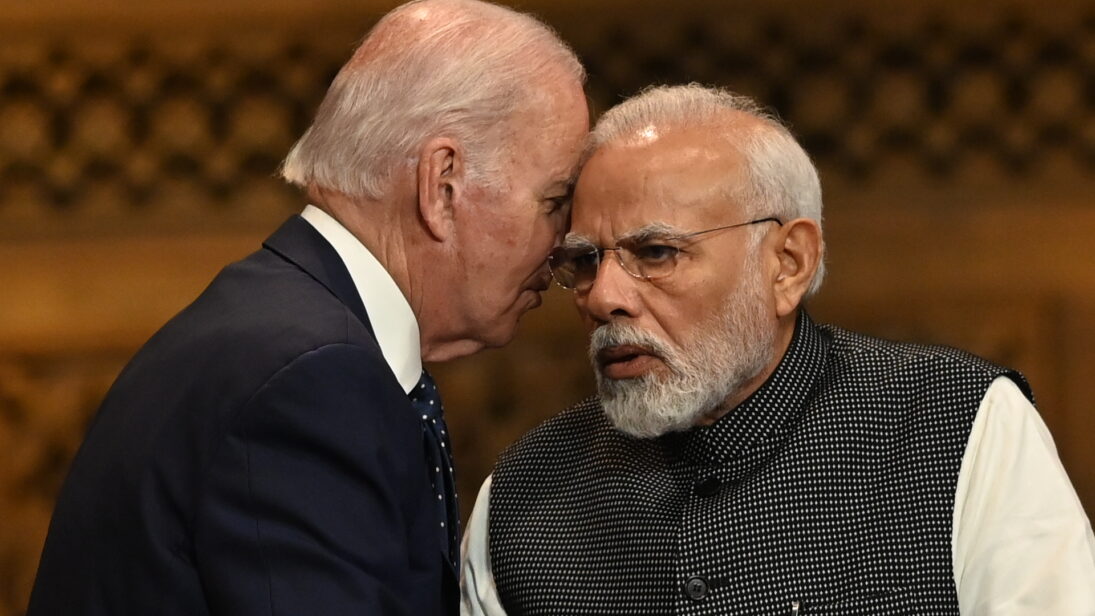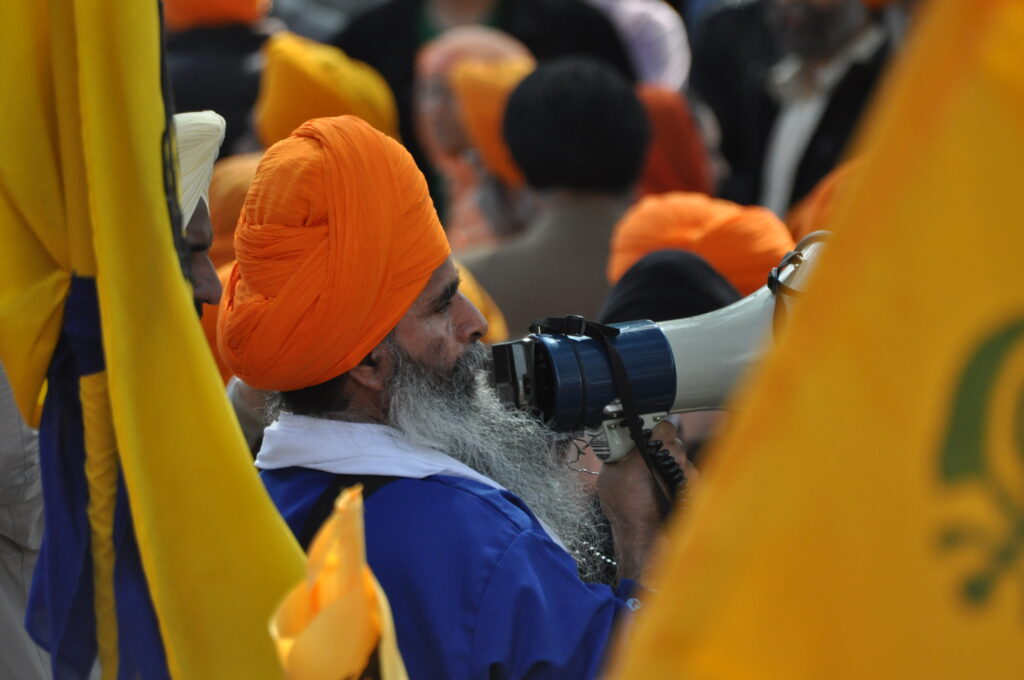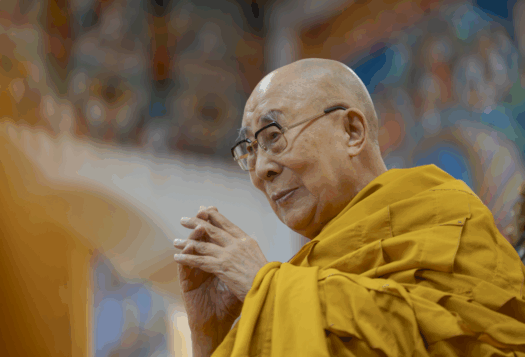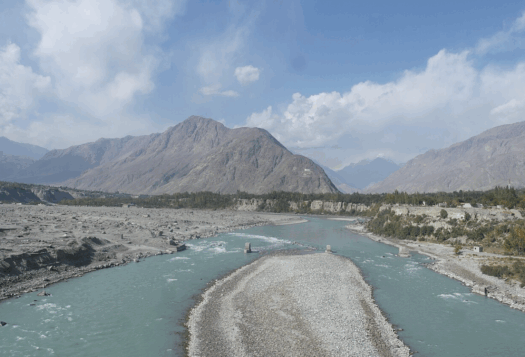
On November 29, 2023, the U.S. District Court for the Southern District of New York unsealed an indictment alleging that an Indian national, Nikhil Gupta, had conspired to commit murder for hire against Gurupatwant Singh Pannun, the leader of a U.S.-based Khalistani separatist group and U.S. citizen. The indictment row comes amidst an inferno of diplomatic tension between New Delhi and Ottawa over the June 2023 killing of Harshdeep Singh Nijjar, a Sikh separatist and Canadian citizen that Canada claims was killed at the direction of Indian authorities.
It is not surprising that analysts and commentators have questioned how the Pannun case might affect the Indo-U.S. camaraderie. Despite tensions, the case is part of a broader context where the United States and India have been eager to cooperate militarily in the Indo-Pacific to counter China’s assertive rise, as well as collaborate on global governance issues like climate change and emerging technologies. New Delhi and Washington have just successfully concluded the fifth 2+2 Dialogue between their Foreign and Defense Ministries and were preparing for the next Quadrilateral Dialogue, now scheduled for later in 2024.
Amicable responses from both sides and the strategic stakes involved in a stronger Indo-U.S. partnership prove that the Pannun case is a diplomatic distraction that decision-makers on both sides need to handle maturely. The comprehensiveness of the India-U.S. partnership across multiple agencies, and the political support accorded to this relationship, provide conducive channels of communication to relay each other’s concerns and address such minor rifts. The Pannun case is a learning experience for both countries to further bolster intelligence cooperation and leverage diplomatic mechanisms, such as the Joint Working Group on Counter-terrorism and the Homeland Security Dialogue, that can bring together agencies on both sides concerned with tackling internal and external security threats.
The Indictment Row: Reactions and Responses
The Indian government has alleged escalating threats from Pannun since July last year, following Nijjar’s death in Canada. Pannun has made a number of public threats targeting Indian diplomats, an Indian airport and airline, and even the Indian parliament. Nonetheless, the alleged assassination attempt of a U.S. citizen on U.S. soil prompted significant outcry from Congress and civil society. On December 6, 2023, during the full committee hearing on trans-national repression, Senate Foreign Relations Committee Chair Ben Cardin began his opening remarks by mentioning the allegations against the Indian government’s involvement “in planning to assassinate a U.S. citizen in New York who is critical of the Indian government.”
Amicable responses from both sides and the strategic stakes involved in a stronger Indo-U.S. partnership prove that the Pannun case is a diplomatic distraction that decision-makers on both sides need to handle maturely.
On November 18, 2023, India’s Ministry of External Affairs (MEA) announced the formation of a high-level inquiry to investigate the Pannun matter. Then, on November 29, the MEA confirmed receiving certain inputs regarding “organized crime, gun runners, terrorists, and others.” Despite the indictment, U.S. Secretary of State Antony Blinken made a comment highlighting his satisfaction that Prime Minister Modi’s government had agreed to investigate the issue when it was raised. Moreover, the Indian Supreme Court recently refused to intervene in the case of Gupta and upheld the jurisdiction of foreign courts over the indictment row. The apex court of India highlighted that it is a ‘sensitive matter’ and it should be left to the discretion of the Indian government.
On the contrary, Canadian Prime Minister Justin Trudeau took a more aggressive public stance during the Nijjar killing, making allegations against India in the Canadian parliament, which led to severe diplomatic rifts between the two countries. Unsurprisingly, New Delhi’s response to PM Trudeau’s allegations was much harsher. On September 19, the MEA rejected the allegations made by the Canadian Prime Minister and Foreign Minister out right. It also highlighted the “inaction of the Canadian Government” regarding the presence of Khalistani separatists on Canadian soil, which India perceives as a security threat. On the same day, a senior Canadian diplomat was expelled from India and on October 19, the Canadian Foreign Minister confirmed that 41 Canadian diplomats had to be withdrawn from India amidst deteriorating diplomatic ties.

The Resilience of the Indo-U.S. Partnership
The United States’ and Canada’s different approaches in handling these cases with India demonstrate the overriding factor of the Indo-U.S. partnership in jointly seeking a “free, open, inclusive and rules based” Indo-Pacific. The joint statements from both bilateral and multilateral summits involving India and the United States show that their engagement is multifaceted and growing through mutual political investment. Consequently, both India and the United States have seemed to prefer to keep the case fairly quiet and handled at the government-to-government level. The Canada-India relationship, meanwhile, does not have the same geopolitical impetus that would have instilled an urgency on both sides to walk the extra mile in trying to stich the diplomatic rift.
While the U.S. legislature and particular Senators have publicly highlighted the allegations, the executive branch demonstrated more restraint, preferring to manage these differences behind closed doors. This is suggestive of the fact that the indictment and allegations – of which the trial has yet to begin – are not likely to inflict any irreparable damage to the U.S.-India partnership due to the fact that it is consequential for the U.S. vision of a “free and open” Indo-Pacific.
The relationship is equally significant for India’s own regional and global aspirations. During a recent interview, PM Modi highlighted the seriousness of the Indo-U.S. ties. He commented, “Security and counter-terrorism cooperation has been a key component of our partnership. I don’t think it is appropriate to link a few incidents with diplomatic relations between the two countries.” Episodes such as this make it more imperative for New Delhi and Washington to share real time intelligence, as much as feasible, to troubleshoot issues before they become more complicated by public display and avoidable diplomatic faceoff.
Both New Delhi and Washington, during this episode, have responded by according more significance to their strategic partnership and have signaled that allowing the relationship to drift is not an option.
In the past, when such diplomatic rifts between New Delhi and Washington have occurred, like the one involving Indian diplomat Devyani Khobragade in December 2013. Khobragade was charged by U.S. authorities for committing visa fraud in order for her domestic worker to gain entry to the U.S., leading to a diplomatic row between the U.S. and India. After this incident, both countries managed to reset their ties and were able to develop their relationship to its current stature. Even then, the realization on both sides that the India-U.S. relationship was too consequential for regional and global affairs to be squandered for a temporary glitch was the primary force driving resolution. Likewise, the strategic goal of the relationship is something that will eventually help both countries go through the Pannun incident, albeit with learning lessons.
Conclusion
With the growing strategic impetus to maintain a dynamic yet sturdy relationship, it is key that India and the United States build habits of cooperation to “disagree without being disagreeable.” Both New Delhi and Washington, during this episode, have responded by according more significance to their strategic partnership and have signalled that allowing the relationship to drift is not an option. The multi-agency and inter-institutional linkages that both countries have managed to build in the last two decades have led to a comprehensive relationship that can withstand changes in political leadership and absorb minor diplomatic rifts.
The absence of President Biden on India’s 75th Republic Day celebrations and rescheduling of the Quad Summit have raised eyebrows in international and Indian media, leading to speculation that President Biden’s absence was linked to the Pannun case. However, a relationship that is shaping the contours of a “free, open, rules based and inclusive” Indo-Pacific is far too significant to lose direction and purpose. A number of working groups and joint initiatives already exist between the two countries, involving diplomatic, intelligence and law enforcement agencies, that will allow enough elbowroom and traction to deal with the Pannun case. The two-way communication in these joint initiatives is essential to preventing and addressing such distractions in the future.
Also Read: India-Canada Ties: Addressing History and Envisaging a Better Future
***
Image 1: Modi-Biden Meeting via Flickr.
Image 2: Khalistan Rally via Flickr.


